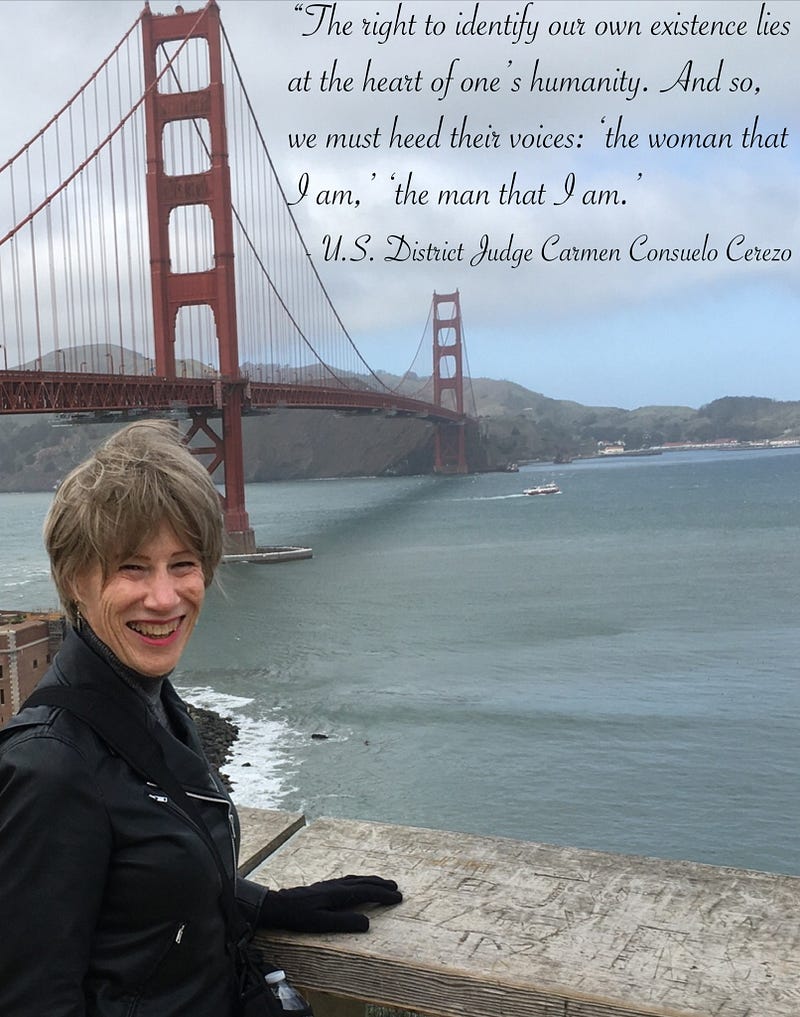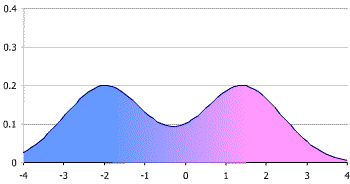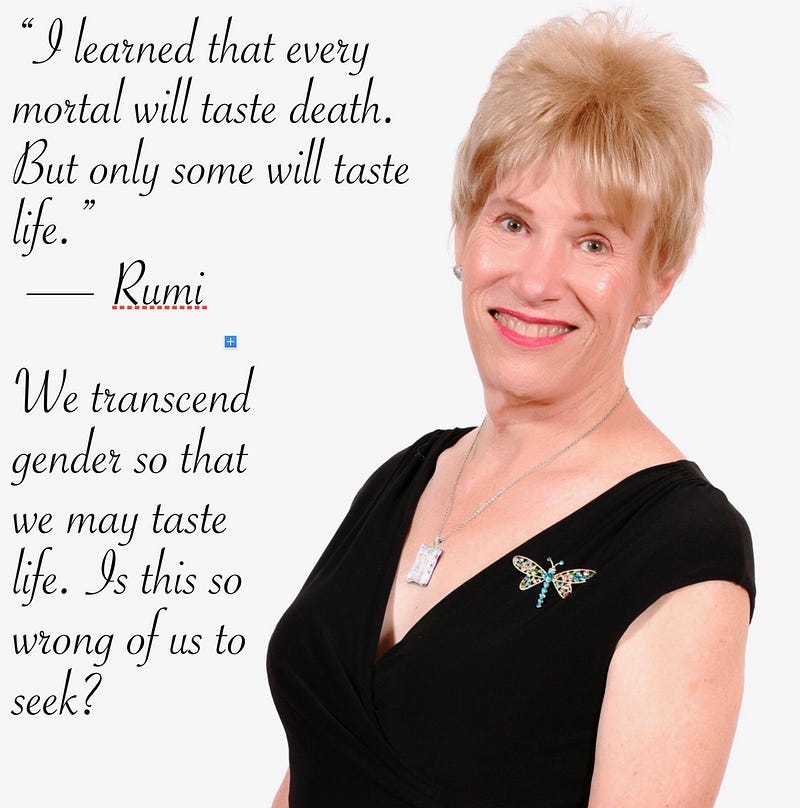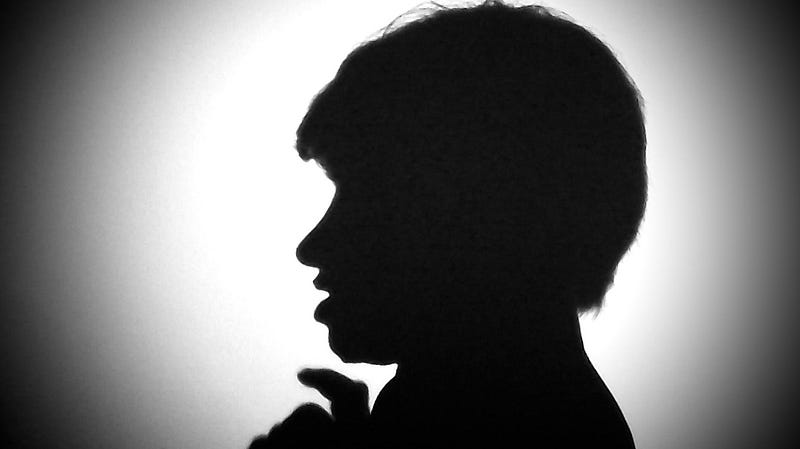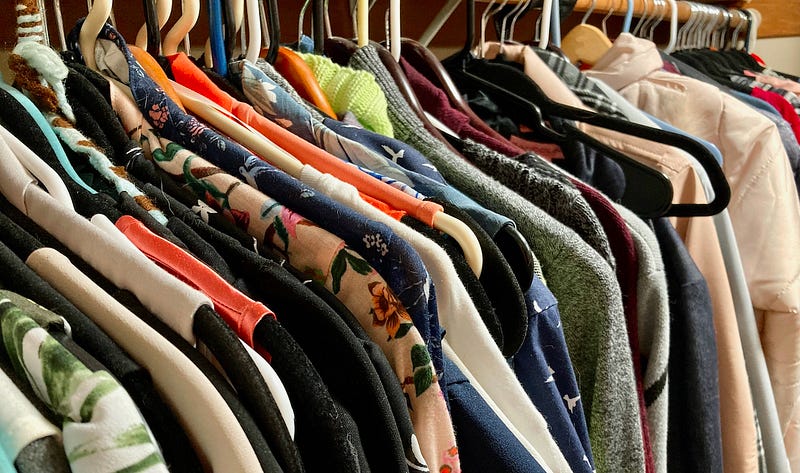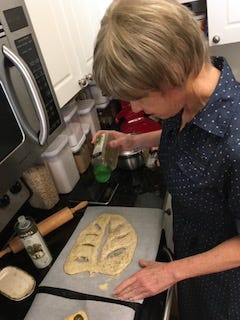Hormone Replacement Therapy … All the Flavor!
HRT can bring unexpected changes
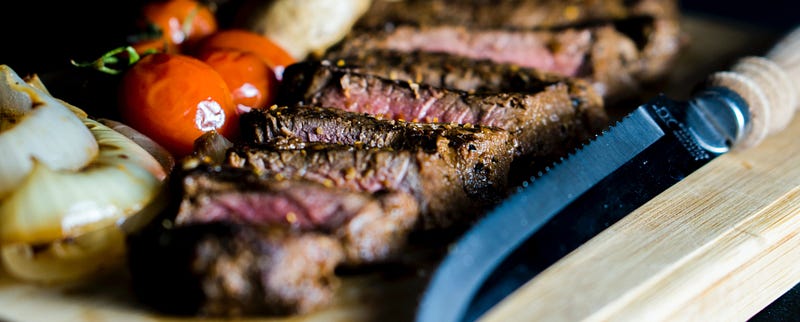
I recall one summer evening out for dinner with my former wife. I had come out to her as transgender several months prior but had not made any social transition changes over the intervening months. I had started hormone replacement therapy (HRT) about six weeks before that evening, at a low dose to see if it would improve severe gender dysphoria. My starting HRT had been the cause of a bit of distress, but that was mostly past us at this point.
We were dining at one of our favorite steakhouses, a place famous for its excellent cuts, pleasant setting, and superb service. We had a nice table for two, in a fairly private part of the dining room. I was looking forward to this dinner, as it both got to be a break from kitchen duties at home and I expected to have an enjoyable meal, my first night out in a few months.
We both ordered the prix fixe dinner, each picking different side dishes that we would share. This menu started with an appetizer, a soup or salad, the main course with sides, and a dessert. I ordered the house salad, a rare New York steak, asparagus for a side, and the dessert for that night, an apple cobbler. My partner got the house salad, a medium filet mignon, and the mashed potatoes, with the cobbler for dessert.
Now, there were additional sides on the main menu that were not part of the prix fixe dinner options, and that night these included a candied sweet potato dish. Now, I love sweet potatoes and asked the waiter to add this side dish to our order. We could share them, I thought, along with the other sides. I also ordered a glass of a favorite wine, a merlot to enjoy with my dinner.
The merlot tasted a bit different somehow, a little sharper than I expected, but with a nice velvety finish. The wine was quite good, with enjoyable flavors, so I certainly wasn’t going to complain. Shortly after that, the salad was served. This looked like the regular salad with the basil dressing that I had expected, but the flavor of the dressing had more bite than I remembered, and the basil flavor was quite strong. It was still good, but I thought it might just be a normal variation, perhaps some changes back in the kitchen in how things were being prepared.
We relaxed and chatted about inconsequential things in our lives after the salad, and a bit later the steaks and sides were served. The steaks were sizzling on their iron platters, dripping butter and steam rising, smelling quite delicious. The sides looked good as always, and that sweet potato dish, with butter, hints of brown sugar and cinnamon wafting from it, and crushed pecans glistening with sauce over the top, had me salivating.
The steak was perfect, with a hint of charring on the edges of a bit of the fat, that delicious butter and the meat almost melting in my mouth. The flavor was perfect, I could not have asked for anything better. I think this was the best steak I had ever had to this point in my life. The asparagus was quite good, that sort of “greens” flavor present and the hollandaise sauce spot on.
Then I tried the sweet potatoes.
Everything else had me primed by this point. I dipped my fork into that lovely sweet potato casserole, lifting out a fork-full of potatoes, glaze, and pecans. I raised it to my lips, catching that lovely cinnamon scent overlaying the rich buttery yams. I tasted it.
I paused. I couldn’t believe what I was tasting. This was so very, very good. A pulse of heat rippled through my body, radiating outward. I shuddered. I managed to set down my fork before I dropped it. That flavor rested in my mouth, on my tongue, and my body responded, repeatedly.
Yes, I think I was enjoying this meal very much.
My spouse was looking at me, head tilted slightly as she examined me, wondering why I was suddenly so quiet and almost frozen in place. I tugged at my napkin and tried to explain how very good I was finding this meal, and how particularly good the sweet potato dish was. She tasted a bit of this. “Yes, it’s pretty good.” Pretty good? I tried another fork full. Yes, damn good. Oh, not as surprising on the second tasting, no interesting orgasmic side effect, but damn good.
I tried to explain how the flavors I was experiencing seemed so new, more intense, and somehow brighter than the last time we had been there. I was starting to quietly wonder if perhaps my hormonal changes were involved, but wasn’t about to mention that out loud. I likely carried on a bit too much about how things tasted, in retrospect. This little conversation ended with the remark, “You’re weird.”
I enjoyed the rest of the dinner but kept quiet about the flavors and other aspects of the dining experience that might have caused a bit of distress.
I know. I’m weird. I also know I’ll never forget that dinner.


